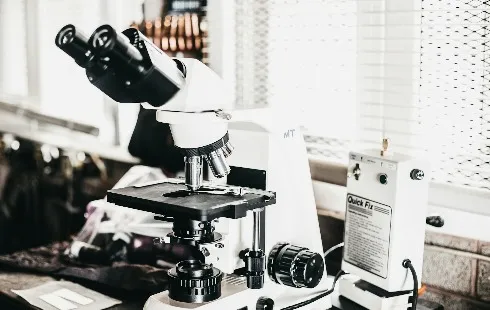
Gonadorelin Peptide: A Gateway to Understanding Endocrine Dynamics
Section: Science
A team of researchers from the Olivetti Group and the MIT Concrete Sustainability Hub (CSHub) has made significant strides in environmental sustainability by developing an artificial intelligence (AI) system aimed at identifying alternatives to traditional cement used in concrete. The innovative approach seeks to replace conventional cement with eco-friendly substitutes, particularly due to the carbon dioxide emissions associated with cement production.
Utilizing existing research data, the AI successfully extracted 19 potential materials that could serve as cement replacements. Cement plays a crucial role as a binding agent in concrete, providing hydraulic reactivity that allows concrete to harden upon contact with water. This binding process is essential for the structural integrity of concrete, making the search for viable alternatives particularly challenging.
Historically, fly ash and slag have been popular choices for replacing cement; however, their increasing demand has led to a scarcity of supply. Consequently, researchers are now focusing on finding new materials that can replicate the essential properties of cement.
According to Soroush Mahjoubi, the project leader, the key to advancing this research lies in the capabilities of AI. The vast amount of data available on potential materials--spanning hundreds of thousands of pages of scientific literature--would have taken an impractical amount of time to analyze manually. The AI system developed by the team leverages a Large Language Model (LLM) to process approximately 88,000 research papers detailing around 14,000 different materials. It categorizes and assesses these materials based on their physical and chemical properties to identify the most promising candidates for cement substitution.
Among the materials identified, ceramics emerged as the most promising alternatives. These materials, which include waste from old tiles, bricks, and pottery, demonstrate high reactivity levels, making them suitable for partial cement replacement.
The research team plans to enhance the AI system further to evaluate an even broader range of materials and discover additional alternatives to traditional cement. This ongoing research reflects a significant step toward reducing the environmental impact of concrete production.
As the construction industry continues to grapple with sustainability challenges, the findings from this research could pave the way for innovative building materials that contribute to a lower carbon footprint.

Section: Science

Section: Health

Section: Arts

Section: Health

Section: Science

Section: News

Section: News

Section: Health Insurance

Section: Health

Section: News
Health Insurance in Germany is compulsory and sometimes complicated, not to mention expensive. As an expat, you are required to navigate this landscape within weeks of arriving, so check our FAQ on PKV. For our guide on resources and access to agents who can give you a competitive quote, try our PKV Cost comparison tool.
Germany is famous for its medical expertise and extensive number of hospitals and clinics. See this comprehensive directory of hospitals and clinics across the country, complete with links to their websites, addresses, contact info, and specializations/services.
What do you get when you blend the tradition of American stand-up comedy with themes that are anything but funny? Pair that with a captivating performer and author like Claus von Wagner, and you're guaranteed a fantastic evening. Projekt Equilibrium is his latest program, which explores the quest...



No comments yet. Be the first to comment!